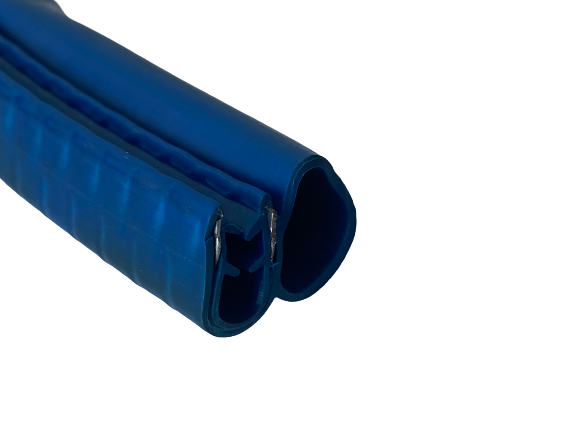nov . 02, 2024 13:49 Back to list
epdm rubber sheet density
Understanding EPDM Rubber Sheet Density
EPDM (Ethylene Propylene Diene Monomer) rubber is a versatile synthetic rubber that has gained popularity across various industries due to its exceptional resistance to heat, ozone, and aging. One crucial aspect of EPDM rubber that often arises in discussions about its applications and effectiveness is its density.
What is Density?
Density is a physical property defined as mass per unit volume. It is usually expressed in grams per cubic centimeter (g/cm³) or kilograms per cubic meter (kg/m³). The density of a material can greatly influence its mechanical properties, such as tensile strength, flexibility, and durability, which are critical for its performance in different applications.
Density of EPDM Rubber Sheets
EPDM rubber sheets typically have a density range of 0.86 to 1.1 g/cm³. This variation depends on several factors, including the formulation of the rubber, the compounding agents used, and the manufacturing process. Knowing the density of EPDM is essential for engineers and designers when selecting materials for specific applications.
A lower density often leads to a lighter material, which can be advantageous in applications where weight is a critical factor, such as automotive parts or lightweight roofing systems. On the other hand, a higher density could imply a more robust material, potentially offering better wear resistance and longevity.
Applications of EPDM Based on Density
The density of EPDM rubber sheets can influence their application in different fields
epdm rubber sheet density

1. Automotive Industry In this sector, EPDM's lightweight nature (lower density) makes it an ideal choice for producing seals and gaskets that need to reduce vehicle weight for improved fuel efficiency.
2. Construction The construction industry often utilizes heavier EPDM sheets for roofing applications, where high density can contribute to durability and weather resistance.
3. Electrical Insulation Medium-density EPDM sheets are widely used for insulating various electrical components, providing good dielectric properties.
4. Medical Devices The medical field requires materials that are lightweight and resistant to sterilization processes, making certain densities of EPDM suitable for specific applications, like seals in syringes or valves.
Factors Influencing Density
Several factors can affect the density of EPDM rubber sheets, including
- Compounding ingredients The addition of fillers, like carbon black, may increase density but can also influence flexibility and resilience. - Curing process The way rubber is cured (vulcanized) can change its final density and impact its mechanical properties. - Thickness Thicker sheets often exhibit a higher total mass, thereby affecting density perception in practical applications.
Conclusion
The density of EPDM rubber sheets is a vital characteristic that significantly impacts their performance across various applications. Understanding this property enables manufacturers and engineers to make informed decisions based on the specific needs of their projects. Whether used in automotive, construction, or medical applications, the right density ensures optimal performance and longevity of the EPDM rubber products in service. As industries continue to evolve, the focus on material properties like density will remain crucial to fostering innovation and sustainability.




